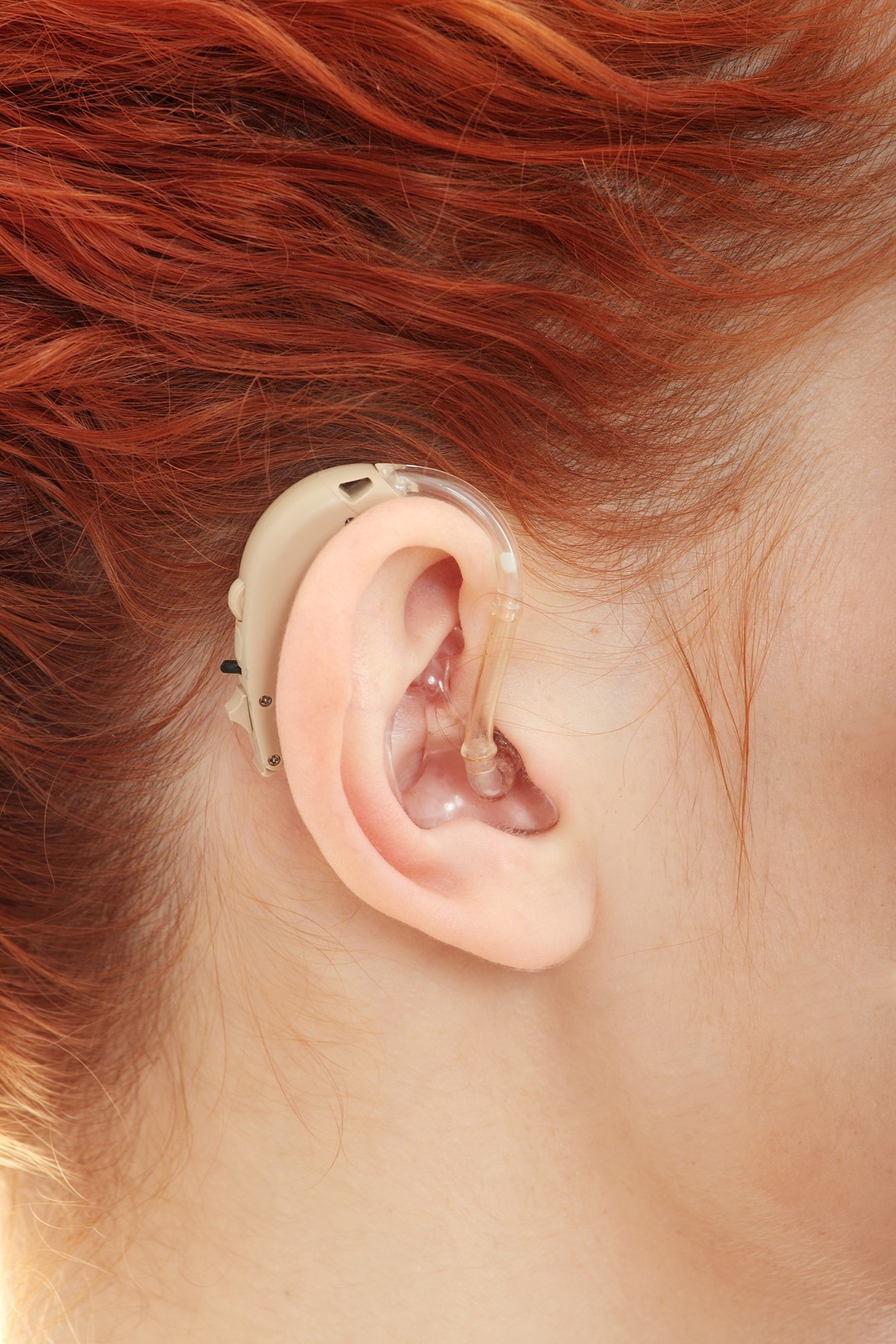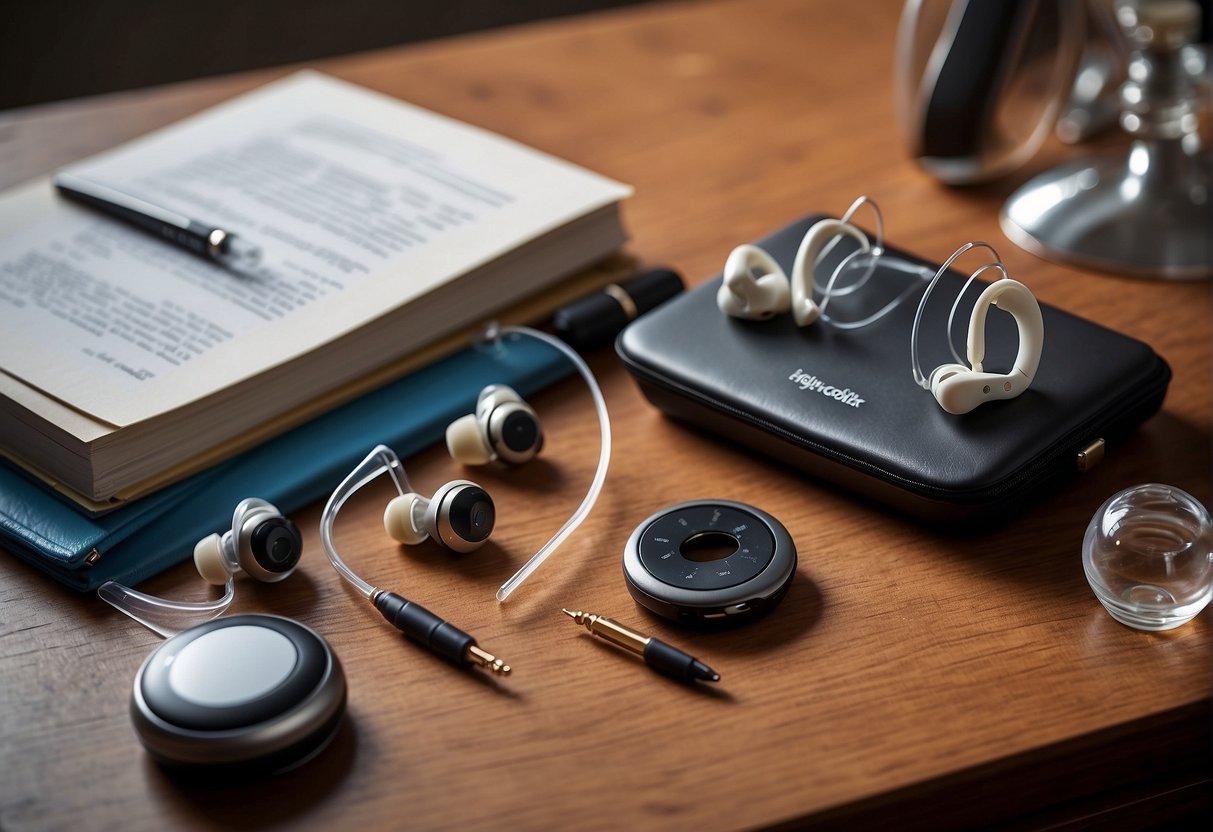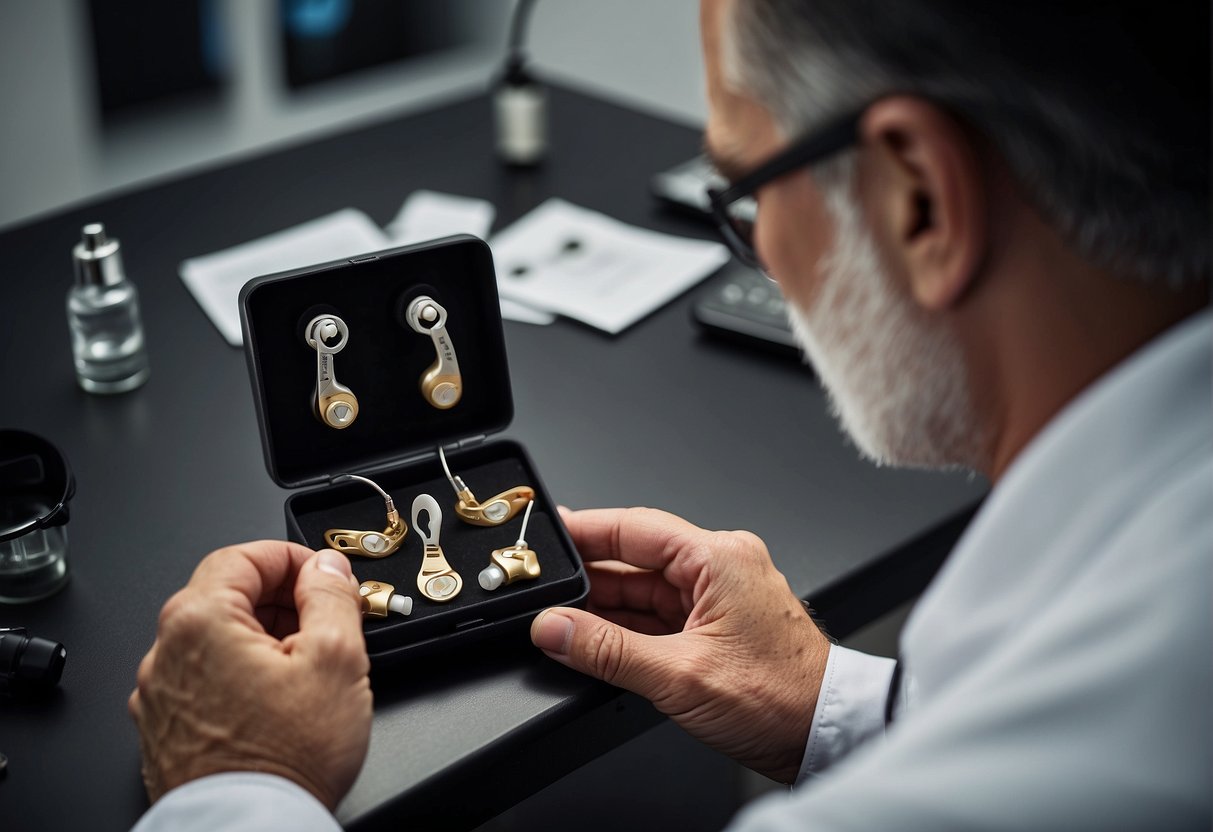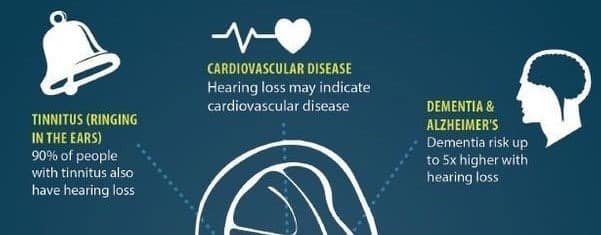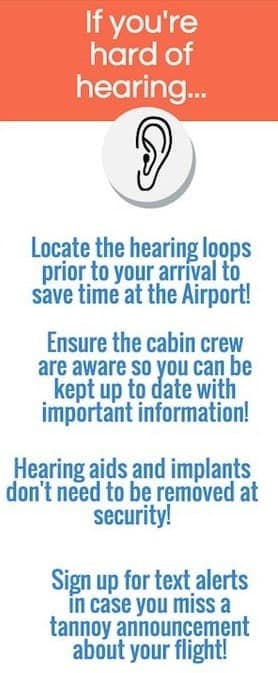Selecting the right hearing aid can be a transformative decision for individuals with hearing loss, offering not just an improvement in hearing but also an enhanced quality of life. With a multitude of options available, understanding the varying types, features, and technologies of hearing aids is critical for making an informed choice. This guide aims to equip potential buyers with the knowledge needed to find a hearing aid that fits their needs, lifestyle, and budget.
Navigating the market for hearing aids involves more than just choosing a device; it’s about finding a comprehensive solution for better hearing. This includes recognizing personal hearing loss needs, the importance of professional consultations and fittings, and consideration of the ongoing maintenance and care. Technological advancements have introduced features such as Bluetooth connectivity and rechargeable batteries, further customizing the user experience.
Key Takeaways
- Selecting a suitable hearing aid is pivotal for improving hearing and overall quality of life.
- Professional guidance is essential for proper hearing aid fitting and customization.
- Advancements in technology and design have enhanced hearing aid functionality and user experience.
Understanding Hearing Loss
Hearing loss is a common condition that can significantly impact one’s quality of life. It is important for individuals to recognize the signs early and understand the various causes and degrees of hearing loss to seek timely intervention.
Causes and Degrees of Hearing Loss
Hearing loss occurs due to many factors. These include aging, exposure to loud noises, genetics, and certain medical conditions. Hearing loss can be classified into types:
Sensorineural: This type results from damage to the inner ear or nerve pathways from the inner ear to the brain. Common causes of sensorineural hearing loss include aging and prolonged exposure to noise.
Conductive: Conductive hearing loss occurs when sounds cannot get through the outer and middle ear. It may be due to earwax buildup, fluid in the middle ear, or a punctured eardrum.
Degrees of hearing loss range from mild to profound:
- Mild: May have trouble hearing sounds below 40 dB, such as a quiet conversation.
- Moderate: May struggle with sounds below 40-60 dB, like normal conversation.
- Severe: May not hear sounds below 60-80 dB, necessitating powerful hearing aids or cochlear implants.
- Profound: Individuals may only hear sounds louder than 80 dB and often rely on lip-reading or sign language.
Untreated hearing loss can lead to social isolation, depression, and a higher risk of developing dementia.
Recognizing the Signs of Hearing Loss
It is crucial to identify the signs of hearing loss early. Some common signs include:
- Difficulty understanding speech, especially in noisy environments.
- Frequently asking others to repeat themselves or speak more slowly.
- Increased volume on televisions or radios.
- Withdrawing from conversations and avoiding social settings.
Prompt and accurate diagnosis is key to managing hearing loss effectively. If these indicators are present, one should consult a hearing professional for a comprehensive hearing test.
Choosing the Right Type of Hearing Aid
When selecting a hearing aid, it is crucial to consider both the degree of hearing loss and the wearer’s lifestyle to ensure a suitable fit and optimal functionality.
In-the-Ear vs Behind-the-Ear
In-the-ear (ITE) models are custom made to fit within the outer ear’s bowl (concha). They have the advantage of being relatively easy to handle and can house additional features like directional microphones for better sound quality in noisy environments. ITE aids are less visible than Behind-the-Ear (BTE) models and can be used by individuals with mild to severe hearing loss.
-
Pros:
- Discreet design
- Can include extra features
-
Cons:
- Limited space for features compared to BTE aids
- May not fit small ears well
Behind-the-ear (BTE) hearing aids consist of a hard plastic case worn behind the ear and connected to a plastic earmold that fits inside the outer ear. These devices are suitable for people of all ages and can aid all types of hearing loss, from mild to profound. BTE aids often have more room for features and larger batteries, implying longer battery life and easier handling, especially for those with dexterity issues.
-
Pros:
- Versatile for all levels of hearing loss
- Room for more features and larger batteries
-
Cons:
- More visible than ITE aids
- Some find them uncomfortable with glasses
Specialized Hearing Aid Types
In-the-canal (ITC) and completely-in-canal (CIC) hearing aids are smaller than ITE aids and designed to fit partly or completely in the ear canal. They are less visible and can be a great option for many individuals. These aids can improve mild to moderately severe hearing loss, but due to their size, they may be challenging to adjust and have a more limited battery life than larger models.
-
Pros:
- Very discreet
- Natural sound quality
-
Cons:
- Small batteries with shorter life
- Can be difficult to handle
Over-the-counter (OTC) hearing aids are a new category of hearing devices that consumers can buy directly without visiting a hearing healthcare professional. These devices are designed for adults with perceived mild to moderate hearing loss. While they are more accessible and may be more affordable than prescription devices, it is still important for users to evaluate their suitability based on their specific hearing needs.
-
Pros:
- Accessible without a prescription
- Potentially more affordable
-
Cons:
- Limited functions compared to prescription aids
- Not suitable for severe hearing loss or complex hearing issues
Each hearing aid type offers distinct features and benefits. Individuals should consider their hearing ability, ear anatomy, and personal preferences when choosing a hearing aid.
Technological Advancements
In recent years, hearing aid technology has seen significant improvements, notably in wireless functionality and power management. These enhancements have provided users with greater convenience and flexibility in their daily use.
Wireless and Bluetooth Capabilities
Modern hearing aids now commonly incorporate Bluetooth technology, allowing them to connect with a variety of devices. This wireless connectivity facilitates direct streaming of audio from smartphones, televisions, and other Bluetooth-enabled devices directly to the hearing aids. The integration of this technology has drastically improved the user experience by providing:
- Clearer Sound: Enhanced audio quality during phone calls and media consumption.
- Personalized Control: Ability to adjust hearing aid settings through smartphone apps.
Rechargeable Batteries and Durability
Rechargeable batteries represent a significant advancement in hearing aid technology, offering users a more sustainable and convenient power solution.
- Extended Usage: Rechargeable hearing aids can last a full day on a single charge.
- Ease of Use: Elimination of the need to frequently purchase and replace tiny batteries.
Moreover, durability has been addressed by incorporating moisture resistance, which protects the device from damage due to perspiration and other sources of moisture, improving the lifespan and reliability of hearing aids.
The Role of Professionals
When considering the purchase of hearing aids, the guidance of healthcare professionals is crucial. They assess hearing loss, recommend appropriate devices, and provide ongoing support.
Audiologists and Hearing Specialists
Audiologists and hearing aid specialists serve as primary contacts for individuals experiencing hearing issues. Audiologists hold advanced degrees in hearing health and are licensed to conduct a wide range of hearing tests. They evaluate a person’s auditory capabilities and clarify the extent of hearing loss. Hearing aid specialists, on the other hand, focus specifically on selecting, fitting, and maintaining hearing aid devices.
- Identify and assess hearing loss
- Recommend hearing aid options
- Custom-fit and program hearing aids
- Offer counseling and rehabilitation services
Medical Evaluations by ENT Specialists
Before obtaining hearing aids, a consultation with an otolaryngologist, commonly known as an ENT (Ear, Nose, and Throat) specialist, might be required. They are medical doctors who can diagnose and treat underlying medical conditions that may contribute to hearing loss.
- Perform medical evaluations to rule out surgical solutions
- Manage medically treatable conditions affecting hearing
- Work alongside audiologists for a comprehensive treatment plan
Patients are often directed to ENTs for medical clearance as a precaution, ensuring hearing aids are the most suitable solution for their hearing loss.
Hearing Aid Fitting and Customization
When selecting a hearing aid, ensuring a proper fit and customization is crucial for optimal functionality and comfort during use.
Importance of a Proper Fit
A proper fit is essential for a hearing aid’s effectiveness. It ensures that the device securely and comfortably sits in or on the user’s ear, preventing feedback and discomfort. Fitting involves assessing the physical dimensions of the user’s ear canal and outer ear. Pressure points or gaps can lead to whistling sounds or soreness, so a hearing professional uses a variety of silicone tips or earmolds tailored to the individual’s ear shape.
An ill-fitted device can also affect sound quality, with potential volume inconsistencies leading to an under-amplified or overly amplified sound. Prescription details, such as the degree and type of hearing loss, guide the customization process, ensuring the amplifier in the hearing aid provides the appropriate levels of sound according to the user’s specific needs.
Personalization and Adjustments
Once the hearing aid is fitted, the audiologist or hearing professional will program and adjust the device according to the user’s prescription. They personalize the hearing aid features, like noise reduction and directional microphones, for various environments and lifestyle needs. Adjustments might include:
- Volume control: Fine-tuning the loudness levels for comfortable hearing.
- Frequency settings: Modifying the amplifier to enhance certain frequencies that the user struggles to hear.
Users are often involved in real-world testing where they provide feedback on the amplifier settings and sound quality. This step helps to refine the hearing aid features for the user’s daily scenarios, ensuring clarity of sound and speech recognition. The aim is to provide a hearing aid that complements the individual’s hearing profile while being barely noticeable in their everyday activities.
Financial Considerations
When considering purchasing hearing aids, buyers should assess the associated costs and explore options for financial support. Thorough understanding of insurance policies and warranties can facilitate a well-informed purchasing decision.
Covering the Costs of Hearing Aids
The cost of hearing aids can vary significantly, with prices ranging from a few hundred to several thousand dollars. Budgeting for this expense should include not only the initial purchase price but also potential costs for future maintenance, batteries, and repairs. Financing options may be available through hearing aid providers or credit services, offering structured payment plans to alleviate the upfront financial burden.
Insurance and Warranty Information
Insurance coverage for hearing aids differs widely; some plans may cover part or the entire cost, while others do not offer hearing aid benefits. Buyers are recommended to contact their insurance providers to verify the extent of coverage. Most hearing aids come with a warranty that typically covers defects and repairs for a specified period. Extended warranties might be available but could add to the overall cost, so buyers should evaluate the terms to determine if the additional coverage is worth the investment.
Everyday Use and Maintenance
For hearing aid users, understanding how to manage power, keep the device clean, and troubleshoot common issues is crucial for optimal performance and longevity.
Managing Batteries and Power
Power Source: Most hearing aids run on zinc-air button batteries, which come in various sizes such as 10, 13, 312, or 675. Digital devices may use rechargeable batteries.
- Battery Lifespan: Typically ranges from several days to a couple of weeks, depending on usage.
- Battery Replacement: Users should turn off the hearing aid and open the battery door at night. For zinc-air batteries, the tab should be removed and the battery should sit for 1-2 minutes to activate before inserting into the hearing aid.
- Rechargeable Batteries: If applicable, charge the hearing aids overnight according to the manufacturer’s directions to ensure full-day use.
Cleaning and Care Tips
Daily Cleaning:
- Users should gently wipe their hearing aid with a dry, soft cloth each day to remove earwax, moisture, and debris.
- Earwax Accumulation: Utilize the provided cleaning tool for wax removal from the device. Be careful not to damage the microphone or receiver.
Moisture Protection:
- Store hearing aids in a dry, cool place and consider a dehumidifier overnight to preserve their condition.
- Never use water or chemical cleaning agents as this could cause damage.
Troubleshooting Common Issues
Feedback Suppression:
- If a whistling sound is present, check the ear dome/tip for earwax blockage and ensure it fits snugly in the ear.
- Users should also check if the hearing aid is turned on properly and that volume levels are correctly adjusted.
Battery Issues:
- If the hearing aid stops working, check the battery. Replace if necessary, ensuring the correct battery size and polarity are observed.
- For rechargeable models, ensure the device is charged adequately and that charging contacts are clean.
Enhancing Your Hearing Experience
Choosing the right accessories and utilizing additional equipment can significantly improve a person’s hearing experience, especially in challenging environments. A strategic combination of accessories can optimize the functionality of hearing aids, enabling users to navigate noisy settings more effectively.
Accessories and Additional Equipment
The accessories and additional equipment designed for hearing aids serve not only to maintain the device but also to refine the user’s auditory experience. Directional microphones are an essential accessory that helps focus on the sound source in front of the user, which is especially useful in environments where background noise is present. This capability is crucial for improving speech understanding in noisy situations.
Noise reduction technology is another key feature found in many modern hearing aids and their accessories, intended to minimize the impact of unwanted background noise. This technology works by identifying and reducing sounds that are not speech, thus enhancing the clarity of conversations.
To further personalize the hearing experience, users might consider the following additional equipment:
- Remote controls: Allow users to adjust settings such as volume and programs without having to touch the hearing aids directly.
- Streaming devices: Enable wireless connection to smartphones, TVs, and other audio sources, transmitting sound directly to the hearing aids.
| Accessory | Benefit |
|---|---|
| Directional Microphones | Improved speech understanding in noisy environments |
| Noise Reduction Systems | Enhanced clarity by reducing unwanted background sounds |
| Remote Controls | Discreet adjustments of volume and settings |
| Streaming Devices | Direct audio input from electronic devices for a seamless experience |
It’s important for individuals to discuss their specific needs with a hearing healthcare professional to determine the most suitable accessories and additional equipment for their hearing aids. By doing so, users can better tailor their devices to match their lifestyle and hearing requirements, thus enhancing their overall hearing experience.
The Connectivity Era
Modern hearing aids offer much more than mere sound amplification. They serve as high-tech, wearable devices that can connect seamlessly with other technology, offering users a plethora of interactive features to enhance the listening experience.
Smartphone and App Integration
They can pair with a smartphone to allow users to take calls, listen to music, and even use their hearing aid as a wireless headset. Contemporary hearing aids can integrate with apps that enable fine-tuning of settings, volume adjustments, and sound environment customization directly from the user’s smartphone. This feature not only fosters ease of use but also provides a layer of discretion, as changes can be made without drawing attention to the hearing aid itself. Bluetooth streaming is a cornerstone of this integration, facilitating a direct connection with various devices, leading to an uninterrupted and high-quality audio experience.
When to Consider Medical Interventions
Medical interventions for hearing loss may be considered when individuals experience significant hearing impairment that cannot be adequately addressed with hearing aids alone. Such interventions vary from medication to surgery, depending on the cause and severity of the hearing loss.
From Hearing Aids to Cochlear Implants
Sensorineural hearing loss, the most common type of permanent hearing loss, occurs when there is damage to the inner ear or the nerve pathways from the inner ear to the brain. Medicine rarely corrects sensorineural hearing loss; however, in cases where hearing aids are not sufficient, one may consider a cochlear implant—an electronic medical device that replaces the function of the damaged inner ear.
Cochlear implants are often recommended for individuals who:
- Have severe to profound sensorineural hearing loss in both ears.
- Receive little to no benefit from hearing aids.
- Have a clear understanding of the risks and benefits of the procedure.
Surgery to place a cochlear implant is done under general anesthesia and involves the insertion of a small electronic device into the cochlea in the inner ear. While it does not restore normal hearing, it can give a deaf person a useful representation of sounds and help in understanding speech.
Post-surgery, recipients typically participate in auditory rehabilitation to learn or relearn the sense of hearing with their new device. It is essential to have realistic expectations and understand that outcomes can vary based on factors such as the length of time a person has been deaf and their commitment to rehabilitation.
Candidates considering such interventions should consult with healthcare professionals to thoroughly assess their suitability for surgery and to discuss potential outcomes and risks.
Navigating the Market
When exploring hearing aid options, one must understand the variety of available purchasing avenues. A primary method is acquiring hearing aids through direct-to-consumer channels, which can vastly differ from traditional retail and clinic models.
Direct-to-Consumer Options
The direct-to-consumer (DTC) market offers a significant advantage for those seeking convenience and potentially lower costs. DTC hearing aids are typically sold online or through specific retailers, allowing consumers to bypass the need for professional fittings. Over-the-counter hearing aids represent a subset of this market, recently gaining traction through legislative changes that aim to increase accessibility and affordability.
Brands like Eargo, Lively, and MDHearingAid have emerged as popular choices within the DTC space, offering a range of products that cater to different levels of hearing loss. When selecting a DTC hearing aid, consider the following:
- Types of Hearing Aids: It is essential to distinguish between completely-in-canal (CIC), in-the-ear (ITE), behind-the-ear (BTE), and receiver-in-canal (RIC) models.
- Features: Look for features like noise reduction, feedback suppression, and Bluetooth connectivity, which can enhance the user experience.
- Trial Periods: Many DTC brands offer trial periods, allowing customers to test devices in their everyday environment.
- Customer Support: Evaluate the brand’s customer service options, ensuring support is available when needed.
It’s important to note that while DTC options provide greater autonomy in the purchasing process, individuals with severe hearing loss or complex auditory needs might still benefit from the personalized services of an audiologist.
Frequently Asked Questions
This section provides direct answers to common queries regarding the selection and purchase of hearing aids, to assist you in making an informed decision.
How do I choose the most suitable hearing aid for my needs?
To select the most suitable hearing aid, one should assess their hearing loss level, lifestyle, and personal preferences in features. Consulting with an audiologist is crucial for a tailored recommendation and fitting.
Which brand of hearing aids is recommended by experts?
Experts recommend several leading brands like Phonak, Oticon, and Resound, as they consistently deliver quality and innovation. However, a healthcare provider can give advice based on individual needs.
What are the differences between various types of hearing aids and their costs?
Hearing aids range from behind-the-ear (BTE) models to completely-in-canal (CIC), each serving different levels of hearing loss and cosmetic preferences. Costs vary widely, starting from a few hundred to several thousand dollars, depending on the technology and features.
Are there specific hearing aids that are considered more comfortable for daily wear?
In-the-canal (ITC) and completely-in-canal (CIC) hearing aids are often considered comfortable for daily wear due to their size and positioning. Comfort also depends on the custom fit by a professional.
What hearing aid options are available for purchase over-the-counter?
Over-the-counter (OTC) hearing aid options are available for people with mild to moderate hearing loss. These devices are less expensive and can be purchased without professional consultation, with some programmable via smartphone apps.
What are the best hearing aids for seniors according to recent reviews?
Reviews often praise hearing aids with easy-to-use features, reliable performance, and telecoil options for seniors. Brands such as Starkey and Widex frequently appear in lists of recommended hearing aids for older adults.
Hearing Loss Linked to other Health Issues
What are other health issues in connection to hearing loss? See below to know more.
Flying with Hearing Impairment
What to do when flying with hearing impairment? See below.

